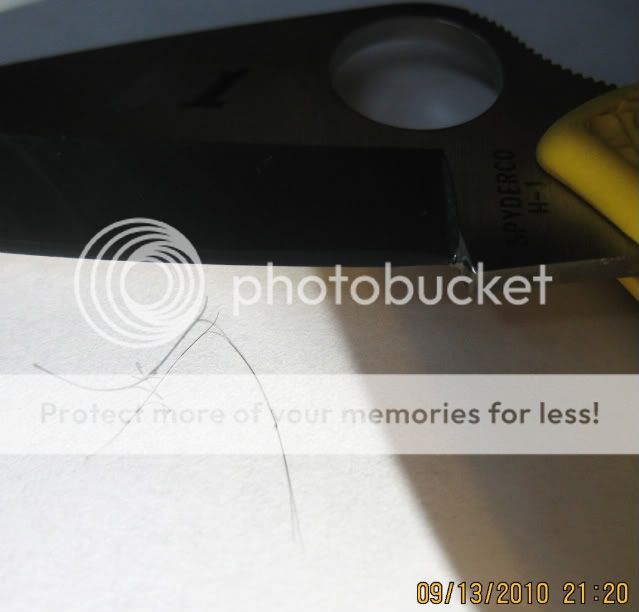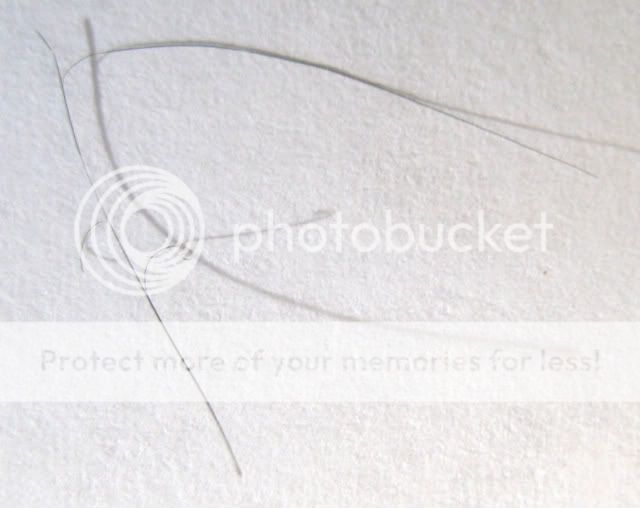Antonio_Luiz wrote:Some steels like S30V have been reported to display age hardening - ie it show improved edge retention just from sitting in a drawer. H1 is supposed to develop work hardening from being sharpened. I have not had personal exerience of H1 edge hardening and presume it is similar to the hardening effect from cold-working steel. If you repeatedly bend and unbend a piece of fence wire or a coat hanger, it will become stiffer and stiffer (harder), then eventually so brittle and fatigued that it breaks.
But even so - are you saying H1 = RC 68? :eek: I very much doubt this. 55RC is often considered a good hardness for a "beater". With the better steels now available, many utility knives are in the 57-58 range and the trend is heading towards ~60. Some specialty knives as exemplified by Japanese chef slicing knives are 64-66, but these usually have very fragile edges that tend to chip easily.
Rule of thumb
Low RC = tough, high RC = brittle.
The better steels when properly heat treated can still be tough at higher RC's and this is why they are considered premium steels
To confuse the issue, Dave Martell (Japanese Knife Sharpening Services) says that some edges will develop metal fatigue from use. This weakened material must be removed to expose fresh steel for the knife to work properly again
Those are numbers from Crucible's testing.
H1 ends up being differentially tough, so as a whole, the blade does not get weak.
I don't have problems with chipping or rolling on my H1 knives. I cut mostly sandy, nasty high-tech sailboat lines. This just abrades the crap out of knives. H1 is pretty bad in this regard, no carbides. Serrations help, they are like huge carbides! :D
I don't use my PE H1 knives anymore, the serrated one works so much better for my needs. I never had chipping on the PE ones though.
Age hardening sounds ridiculously gimmicky to me, even moreso than H1 improving from plastic deformation.
I trust Crucible's numbers. It would be lunacy for them to release false numbers that high, especially when Takefu (I think) is making the steel!
H1 is a super steel. Unlike all other super steels, it's very heavily weighted on hardness and toughness with bad abrasion resistance. S90V is tougher at the edge, marginally softer, but lightyears ahead in abrasion resistance. It also rusts..Take your pick.

